







































Start experiencing easier ways to perform your data analysis and find out how to gather in-depth reports starting today.
 4.9/5
4.9/5
 4.7/5
4.7/5


 Watch Video
Watch Video



Track specific visitor and user actions on your site. Swiftly tailor events, monitor interactions, and enhance user engagement with your:
Regardless of size or industry, every business deserves access to the best technology to grow and thrive.








































There's no need for additional website setting adjustments
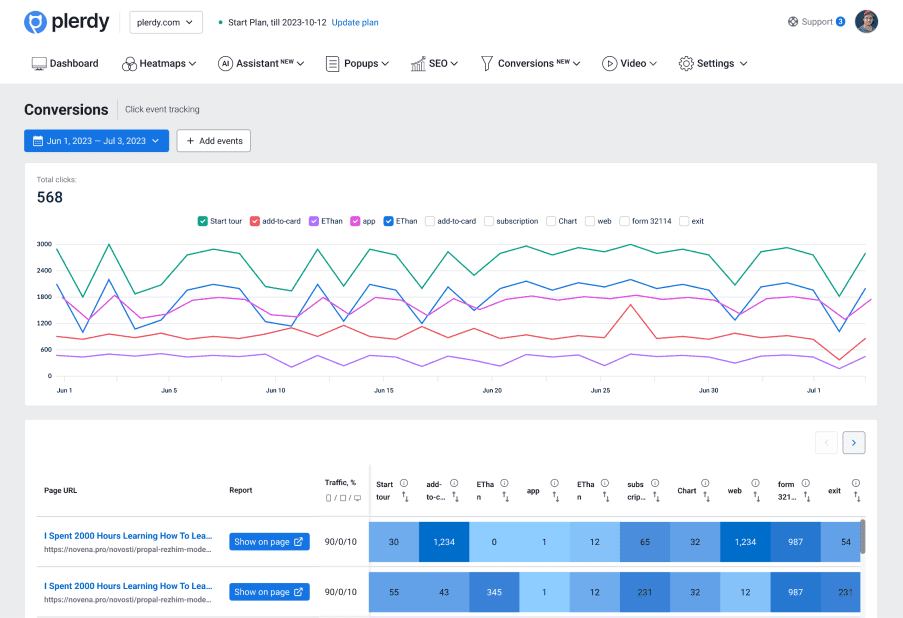
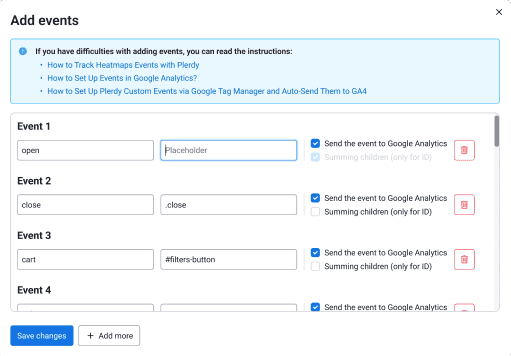

 Plerdy installation only takes seconds.
Plerdy installation only takes seconds.
 Plerdy’s Event Tracking Tool is code-free and more user-friendly than ever.
Plerdy’s Event Tracking Tool is code-free and more user-friendly than ever.
 But these aren't the only reasons major brands favor Plerdy.
But these aren't the only reasons major brands favor Plerdy.
 Let’s cover a few advantages that make our valuable Event and Goal Tracking tool stand out from other
sub-par analysis options.
Let’s cover a few advantages that make our valuable Event and Goal Tracking tool stand out from other
sub-par analysis options.
 You’ll get necessary info for successfully performing and tracking your advanced website traffic data
analysis—located right in your easy-to-understand dashboard.
You’ll get necessary info for successfully performing and tracking your advanced website traffic data
analysis—located right in your easy-to-understand dashboard.
 Avoids interference with your existing HTML code
Avoids interference with your existing HTML code
We know you’re busy. Therefore, we made it as easy as possible.
Use our Plerdy tool to identify macro- and micro-events that affect your users’ experience. These updates
stream your data in real time. Immediately see when your users:
Submit forms
Subscribe
Leave your page
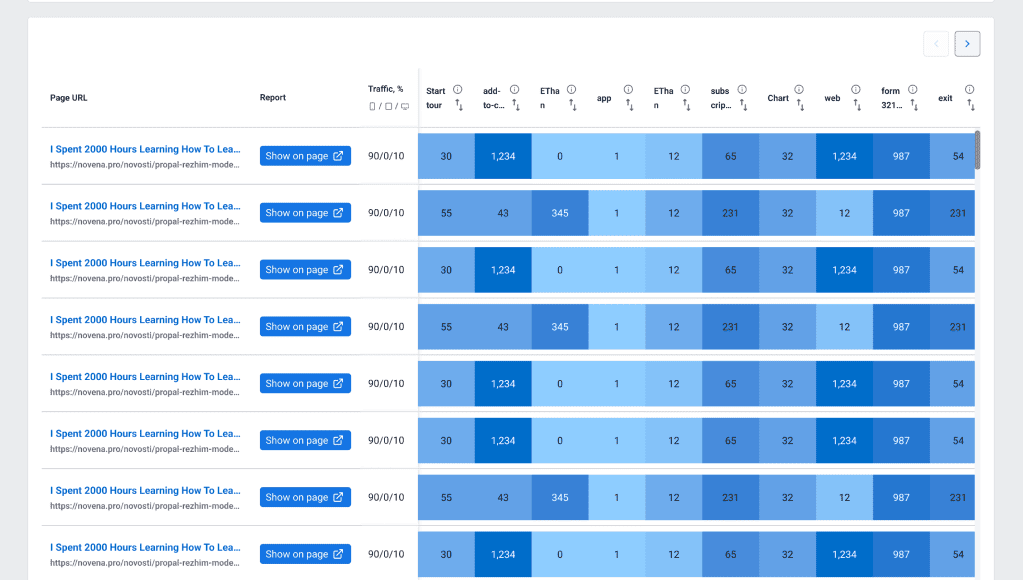
Set up and receive detailed analysis reports from Plerdy’s Event and Goal Tracking tool which automatically displays your users’ interactions with a particular: Item Link Element Our data helps improve your website information and visuals. Then, your users stay engaged with your web content and become loyal, lifetime fans.
These advantages and features get marketers excited to use our tools. Plerdy’s time-saving and forward-thinking metrics give your online business a bright future. Once you sign up with Plerdy, immediately start your real-time tracking. Effortlessly analyze data/user behavior collected from your website traffic. Easily manage your data, so that you can focus on your key business priorities.
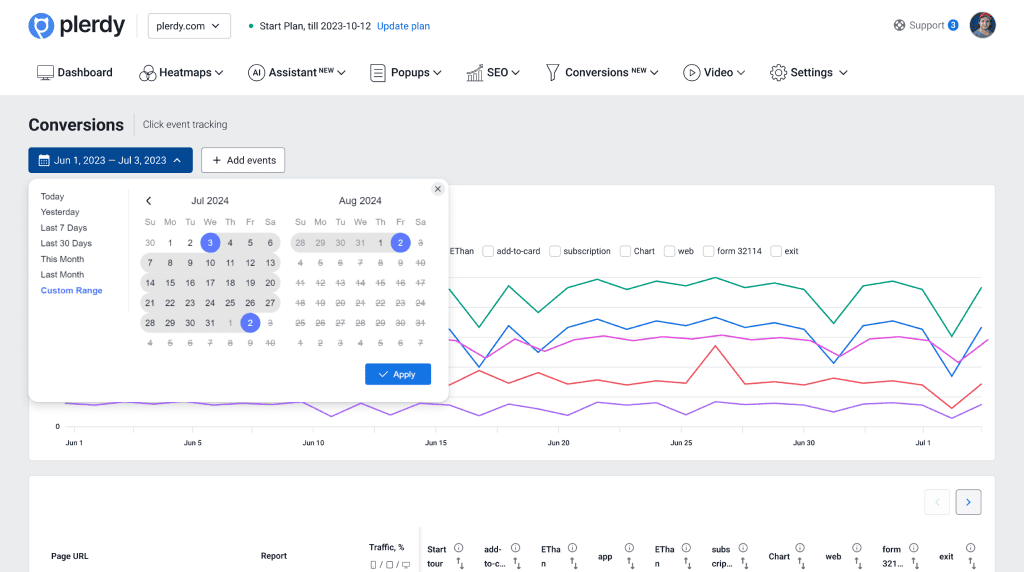
Build powerful hypotheses and create specific targeted events to avoid getting lost amidst your data set. Example: Step 1: Investigate: Take a look through your store’s “search” results. Then, see which element people click the most. Step 2: Solution: With that data, you'll be able to improve your page clicks with new element designs or CTA.
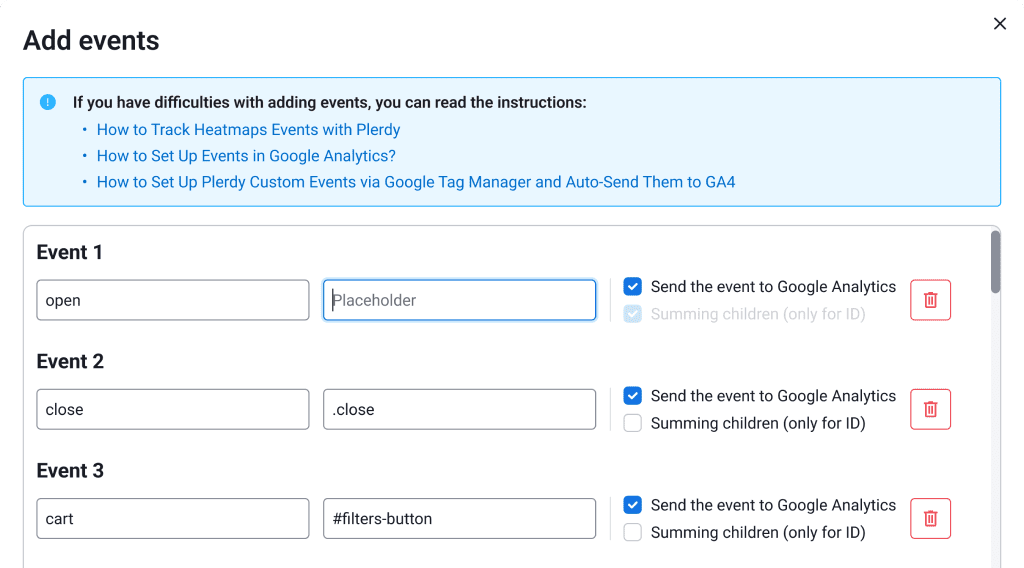
Easily sync your Event and Goal Tracking tool with Google Analytics 4. Simply, go to your site’s settings and check the box to transfer the events. This also works automatically when Google Analytics is installed via Google Tag Manager. However, you will still need to configure the trigger according to the provided instructions though.
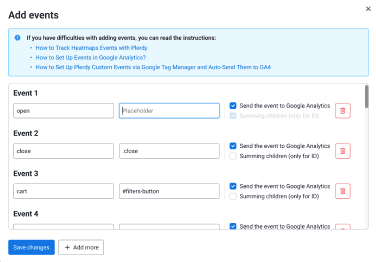
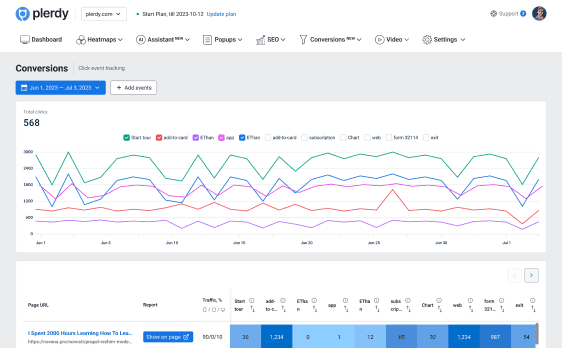
Marketers appreciate these features and advantages, making our tools a preferred choice. Plerdy’s time-saving and forward-thinking metrics give your online business a bright future. We know you’re busy. Therefore, we made it as easy as possible. Sign up with Plerdy and begin real-time tracking instantly. Seamlessly analyze user behavior and data gathered from your website traffic. Easily manage your data, so that you can focus on your key business priorities.
Each website aims to ensure that your user performs a certain valuable action such as:
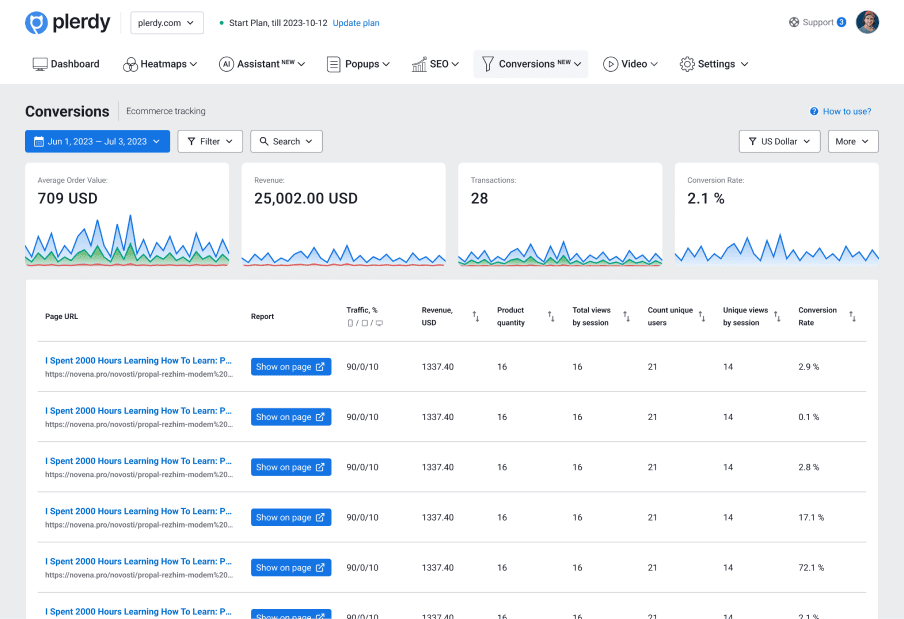
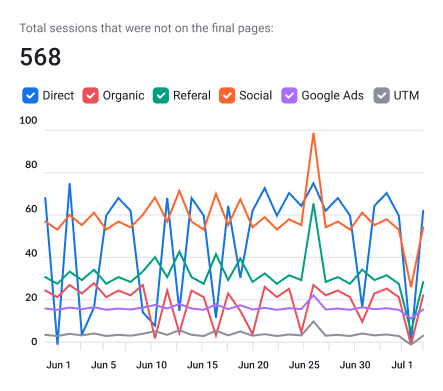

 Pressing your banner button
Pressing your banner button
 Adding a product to their cart, wish list, or item comparison
Adding a product to their cart, wish list, or item comparison
 Following a link
Following a link
 No coding necessary
No coding necessary
 Clicking on a filter or sort
Clicking on a filter or sort
 Using tabs, sliders, or other dynamic elements
Using tabs, sliders, or other dynamic elements
Performing other actions that affect micro- or macro-goals that are profitable
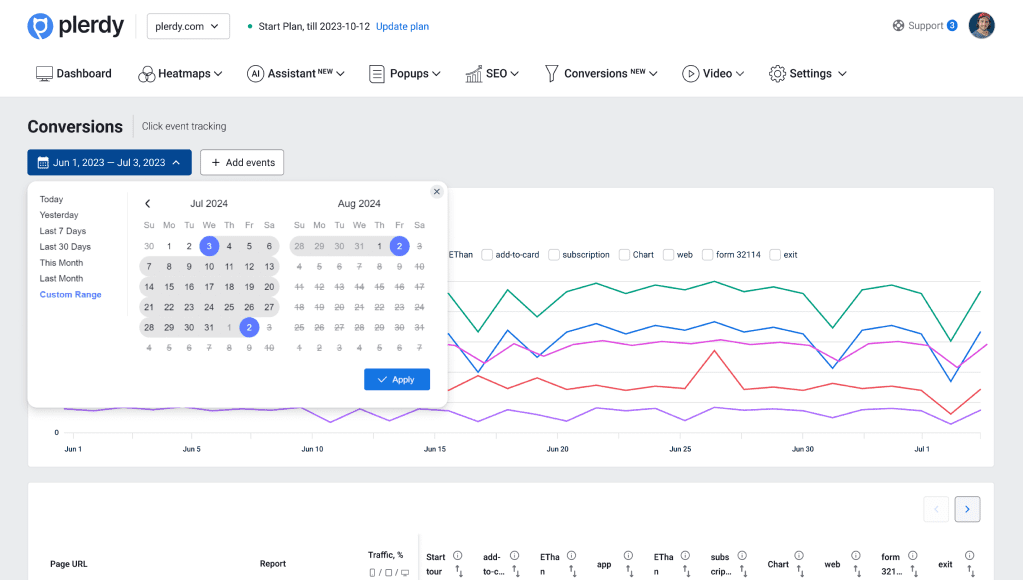
Plerdy keeps track of your user interaction history in a log and whenever you need your data history, a detailed report will be readily available. Just create a new event in your Plerdy account.
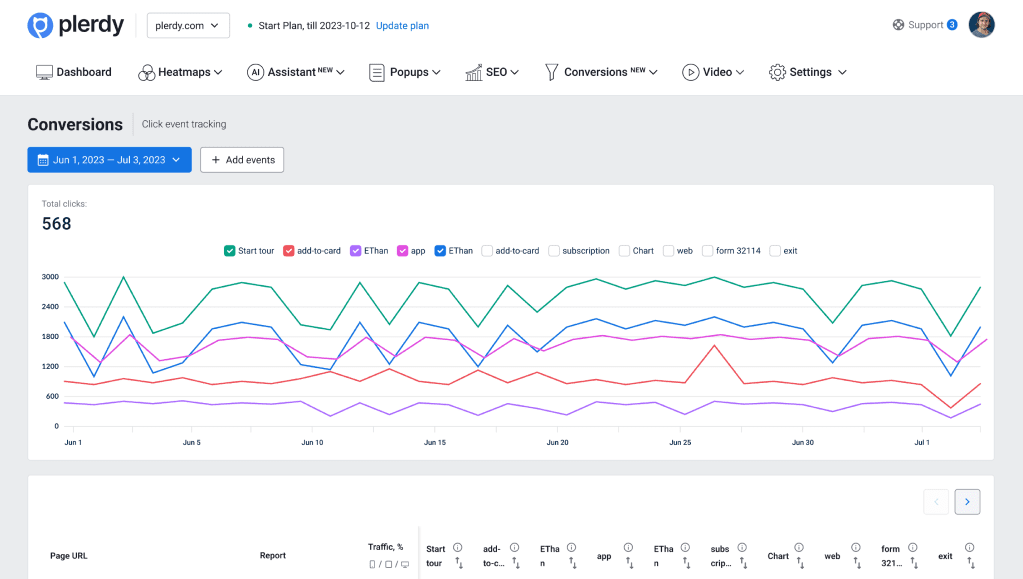
The Event and Goal Tracking tool automatically summarizes your users’ mouse clicks on each site’s child HTML element (i.e., elements nested within another element). This will easily organize your analysis better. Moreover, the activity tracking data will be readily available in your analysis report for elements with an image, name, price, etc.
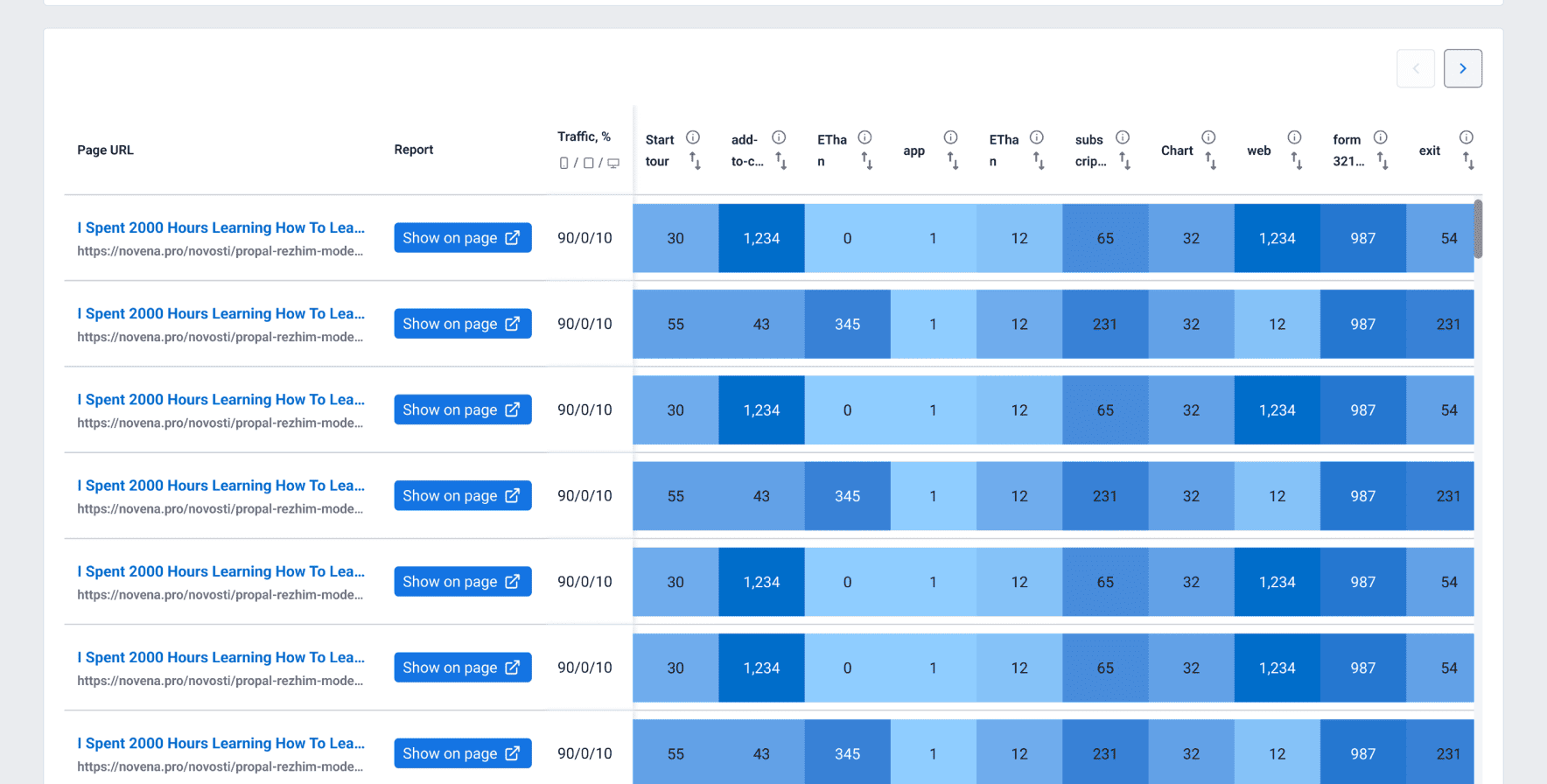
Our tool tallies every click users make on all your elements. For instance, if twenty users click the “Add to Cart” button, the Event and Goal Tracking tool will report twenty clicks for this button. Benefit from quicker analysis by concentrating on the most crucial data.
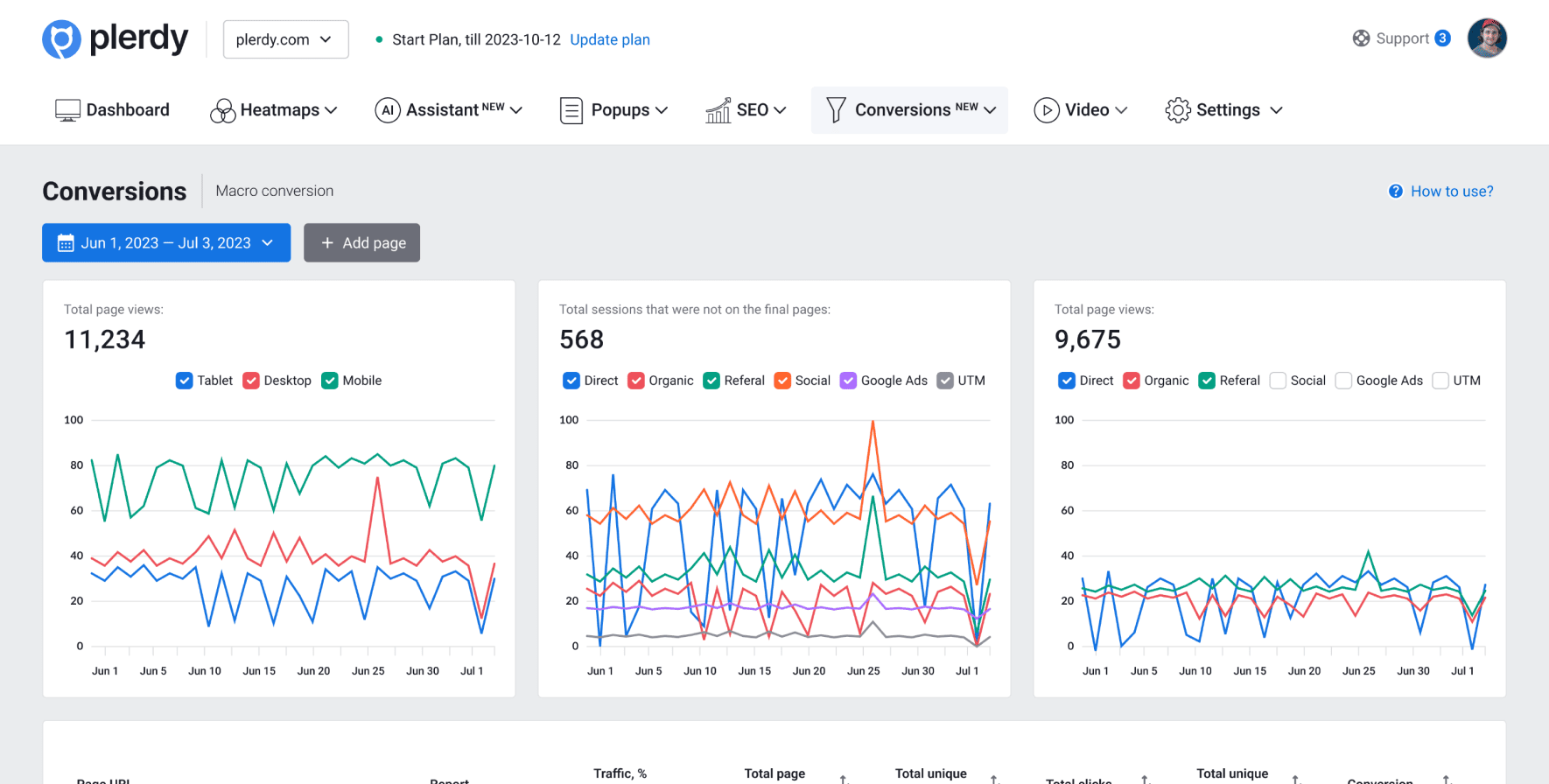
You can analyze your site’s overall statistics for each event in your analysis report. Also, you can configure filters to track how different metrics change over a selected period. It’s always necessary to assess the overall user behavior on your webpage and develop strategies to improve engagement. —This helps cut down time-consuming routine data processing. For example, you should analyze your data separately for devices and traffic channels. —Since every user is unique, group-based data analysis can significantly enhance your site's user experience.
Discover why customers love Plerdy's comprehensive and intuitive web optimization tools, as acclaimed on G2.com
300+ G2 reviews
Create a Plerdy account for free and take your conversion to the next level. Don't lose a single customer.
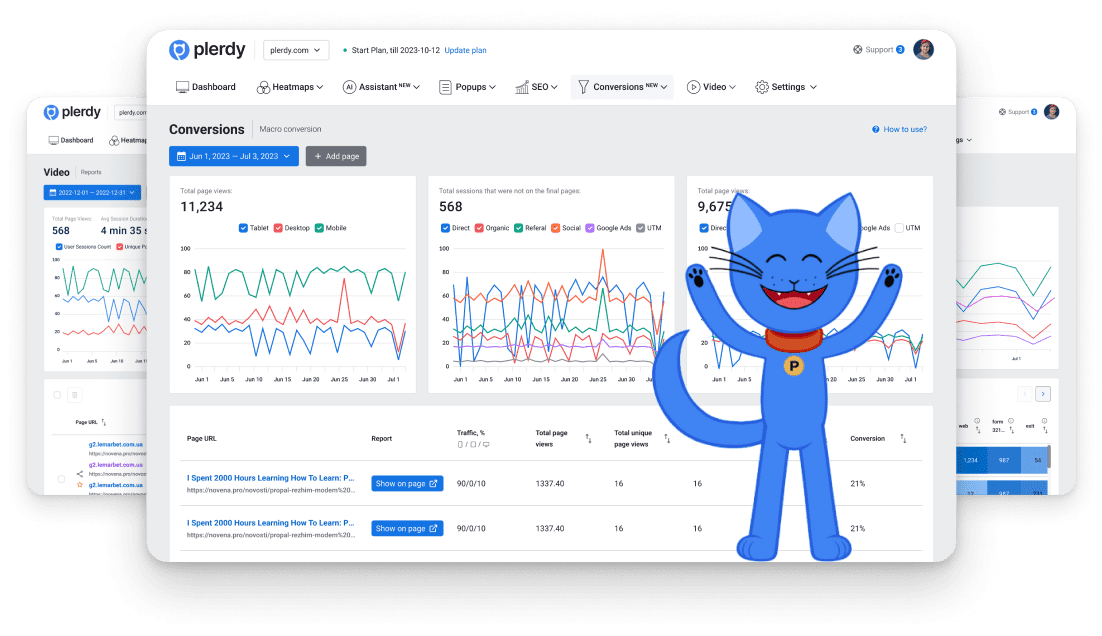
Content for UX designers, SEO specialists, and business owners




